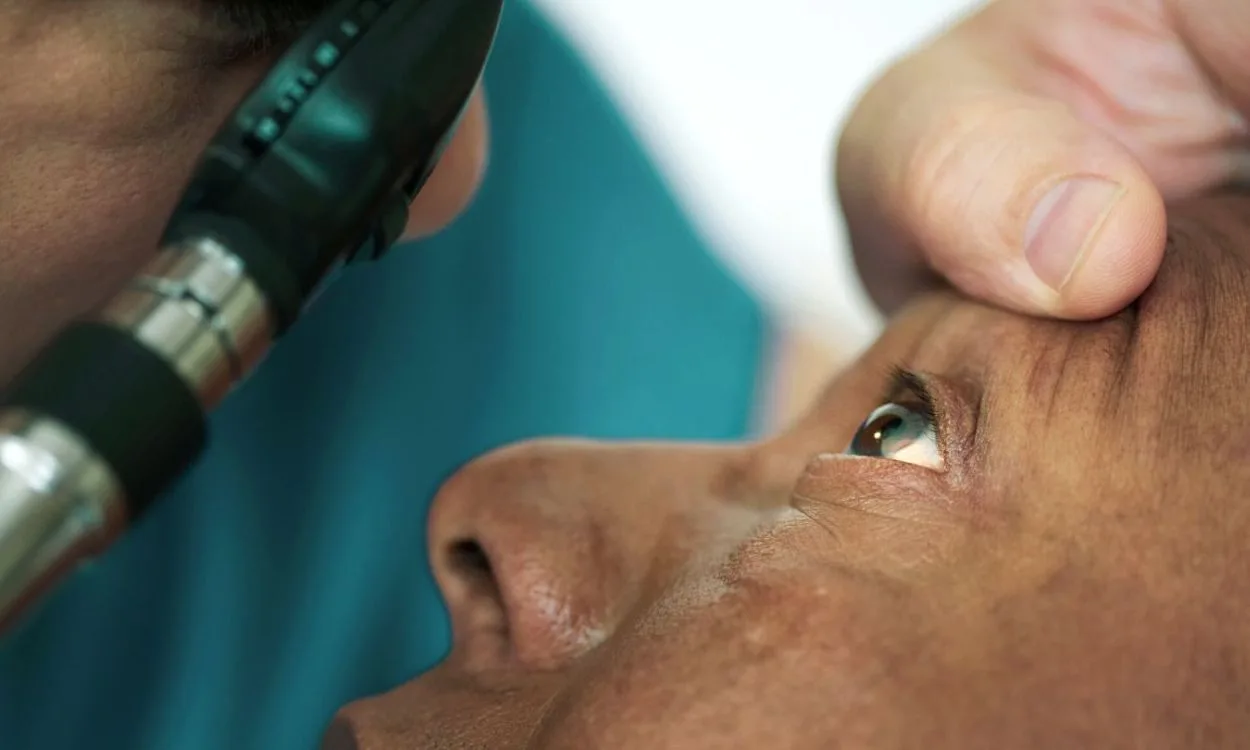Preventing Diabetic Retinopathy: Key Steps to Protect Your Vision
Introduction:
Diabetic retinopathy is a serious complication of diabetes that affects the eyes, specifically the blood vessels in the retina. It can lead to vision impairment and even blindness if left unmanaged. However, with the right knowledge and proactive measures, you can significantly reduce the risk of developing this condition. In this article, we will explore the essential steps to prevent diabetic retinopathy and preserve your vision.
Understanding Diabetic Retinopathy:
Diabetic retinopathy occurs when high blood sugar levels damage the delicate blood vessels in the retina, which is responsible for transmitting visual signals to the brain. Over time, this damage can cause the blood vessels to leak or become blocked, leading to vision problems. To effectively prevent diabetic retinopathy, it’s crucial to manage your diabetes and keep your blood sugar levels within a healthy range.
1. Manage Your Blood Sugar Levels:
The cornerstone of preventing diabetic retinopathy is maintaining optimal blood sugar control. Here are some key tips:
– Monitor your blood glucose regularly: Regularly check your blood sugar levels using a glucometer or other recommended devices. Work closely with your healthcare provider to establish target ranges and adjust your treatment plan accordingly.
– Follow a balanced diet: Adopt a well-balanced, low-glycemic index diet that incorporates whole grains, lean proteins, healthy fats, and plenty of fruits and vegetables. Avoid sugary foods, processed snacks, and excessive carbohydrate intake.
– Stay physically active: Engage in regular physical activity such as walking, swimming, or cycling to help regulate blood sugar levels. Aim for at least 150 minutes of moderate-intensity exercise per week, as advised by your doctor.
– Take medications as prescribed: If you require medication or insulin injections to manage your diabetes, ensure that you take them as prescribed. Follow your healthcare provider’s instructions carefully to maintain stable blood sugar levels.
2. Regular Eye Examinations:
Regular eye examinations are crucial for detecting any early signs of diabetic retinopathy. Here’s what you need to know:
– Schedule comprehensive eye exams: Visit an ophthalmologist or an optometrist at least once a year for a comprehensive eye examination. These professionals will evaluate the health of your eyes, including the retina, and identify any potential issues.
– Discuss your diabetes with your eye care professional: Make sure to inform your eye care professional about your diabetes diagnosis and provide details about your blood sugar levels and any related complications. This will help them tailor the examination and treatment plan to your specific needs.
3. Maintain Healthy Blood Pressure and Cholesterol Levels:
Managing your blood pressure and cholesterol levels is essential in preventing diabetic retinopathy. High blood pressure and elevated cholesterol levels can further damage the blood vessels in your eyes. Consider the following steps:
– Monitor your blood pressure and cholesterol: Regularly check your blood pressure and cholesterol levels, and consult with your healthcare provider to establish target ranges. If necessary, incorporate lifestyle changes, medications, or both to maintain optimal levels.
– Adopt a heart-healthy lifestyle: To manage blood pressure and cholesterol, adopt a heart-healthy lifestyle. This includes reducing your salt intake, eating a diet rich in fruits, vegetables, and whole grains, engaging in regular physical activity, quitting smoking, and limiting alcohol consumption.
4. Quit Smoking:
Smoking is detrimental to your overall health, including your eyes. It increases the risk of developing diabetic retinopathy and other eye conditions. If you smoke, take steps to quit:
– Seek professional help: Consult with your healthcare provider for assistance in quitting smoking. They can provide guidance, recommend appropriate smoking cessation aids, or refer you to support programs.
– Find alternative coping mechanisms: Identify healthier ways to cope with stress and manage cravings. Engage in activities such as exercise, mindfulness, or hobbies that can distract you from the urge to smoke.
Conclusion:
Preventing diabetic retinopathy requires a proactive approach to managing your diabetes and maintaining good overall health. By controlling your blood sugar levels, attending regular eye exams, managing blood pressure and cholesterol, and quitting smoking, you can significantly reduce the risk of developing this sight-threatening condition.
If you’re ready to take charge of your health and receive personalized support in managing your diabetes, consider downloading the Fitpaa app. With its state-of-the-art technology and expert team of nutritionists, fitness coaches, and doctors, Fitpaa can help you achieve your health and fitness goals while effectively managing diabetes. Your vision is precious, and Fitpaa is here to support you every step of the way.
Remember, prevention is always better than cure. Take control of your health today and prioritize your vision for a brighter tomorrow.
Download the Fitpaa app now and embark on your journey towards a healthier, happier you!









